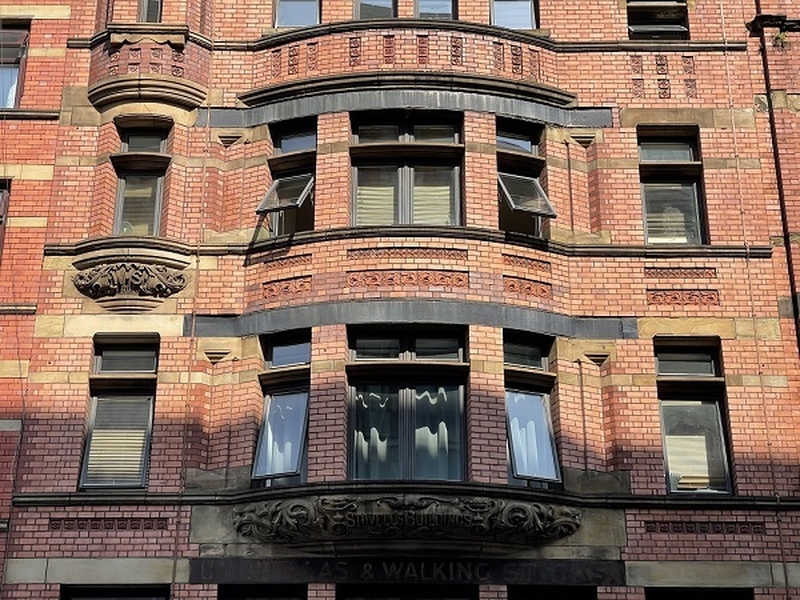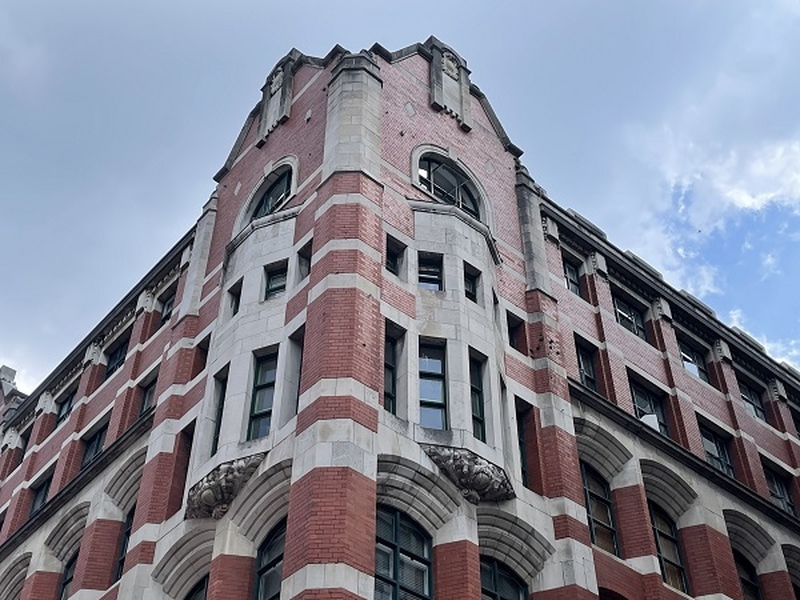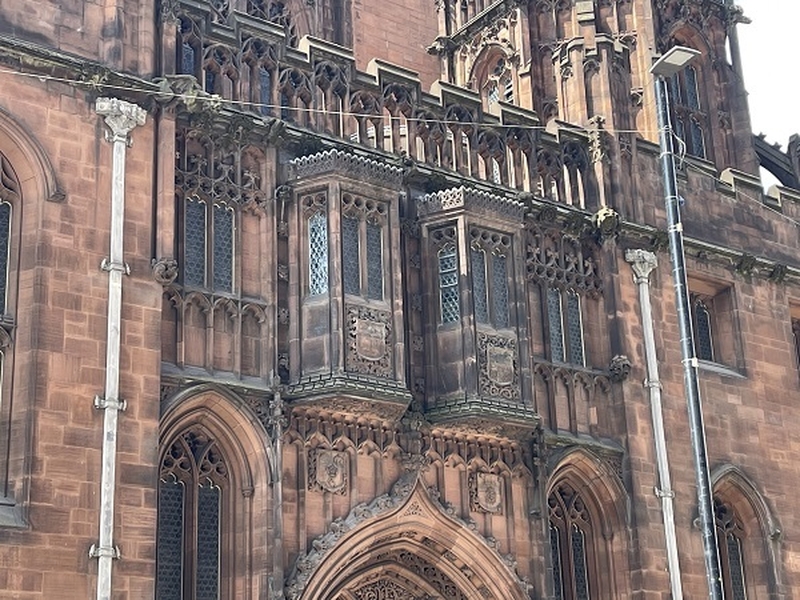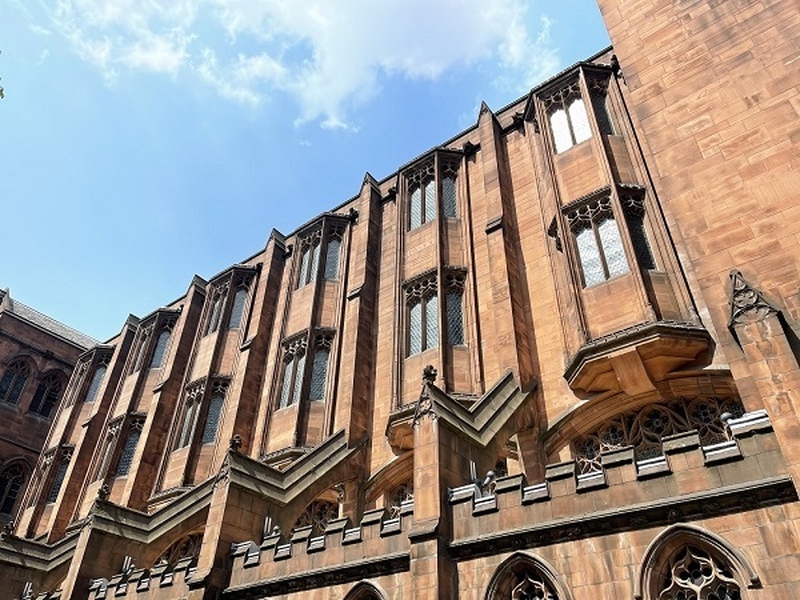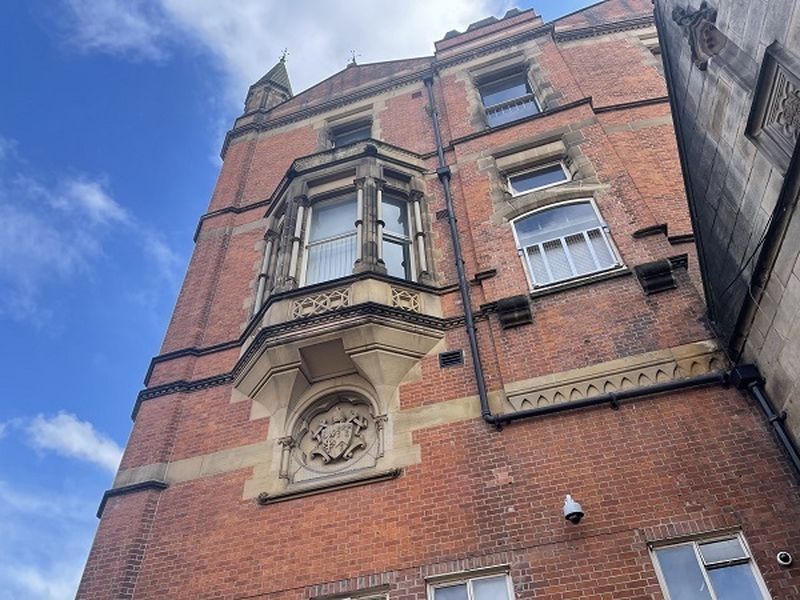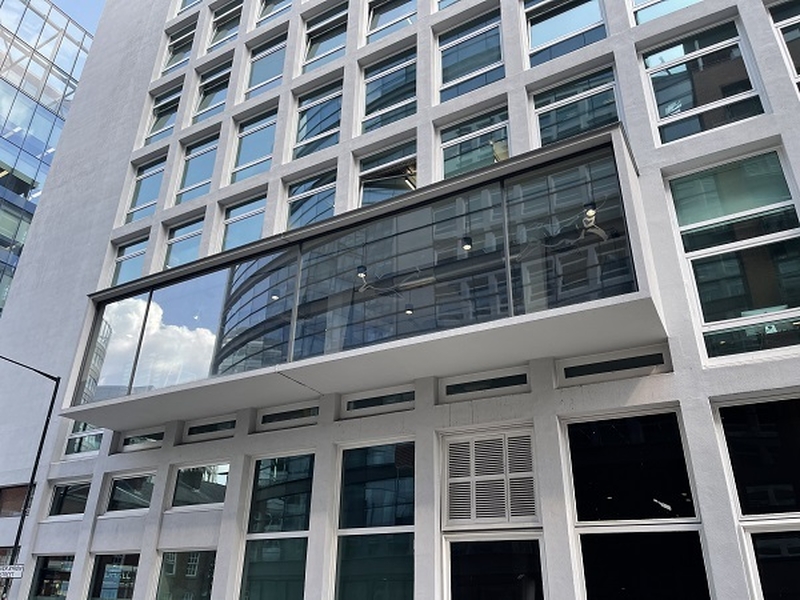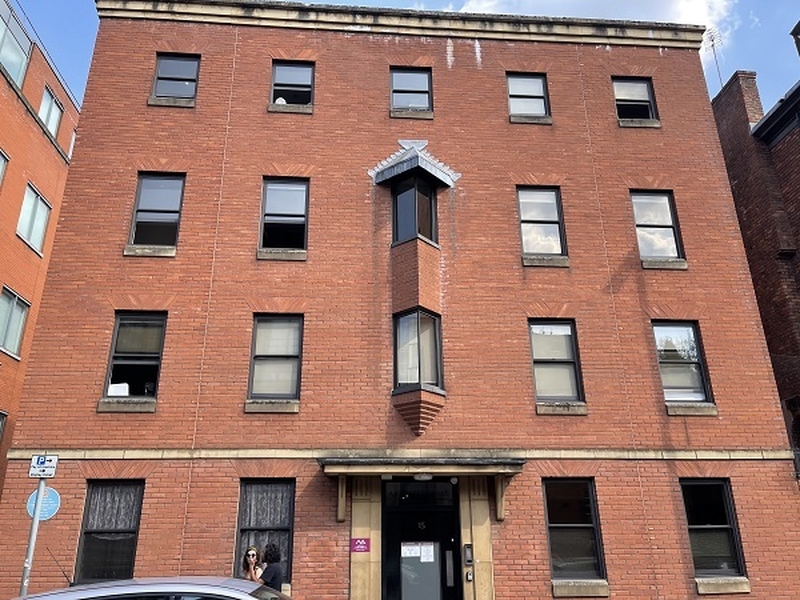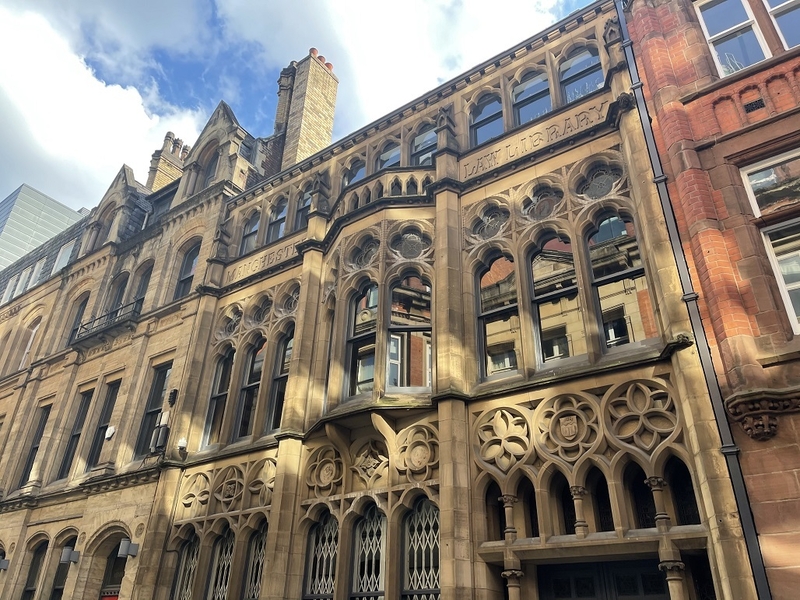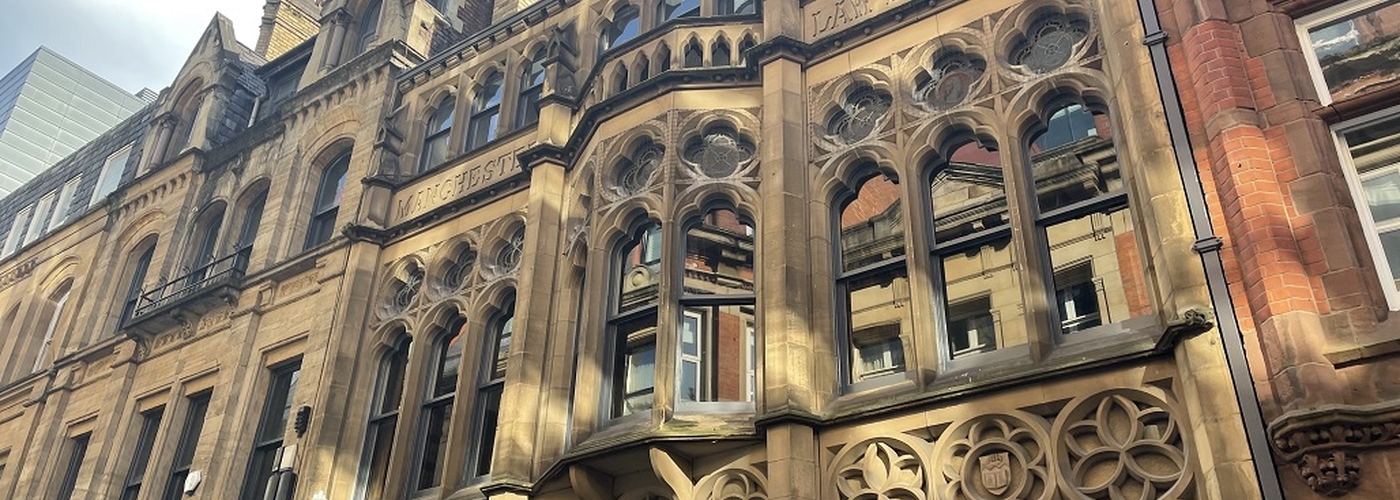Jonathan Schofield starts an occasional series on beautiful details on Manchester buildings
Oriel windows are a delight. They hang high on walls like exotic architectural flowers and always enhance buildings. Technically they are bay or bow windows that don’t reach the ground, nor do they sit in the roof like dormer windows. Traditionally they are braced (held up) by a bracket or a corbel.
Manchester’s got some wonderful examples as the images here illustrate
Functionally, oriel windows increase the light and air entering a building but they also increase the floor area. This is a canny way of gaining more room without expanding the footprint of the building which means the clever subverting of property taxes in certain jurisdictions.
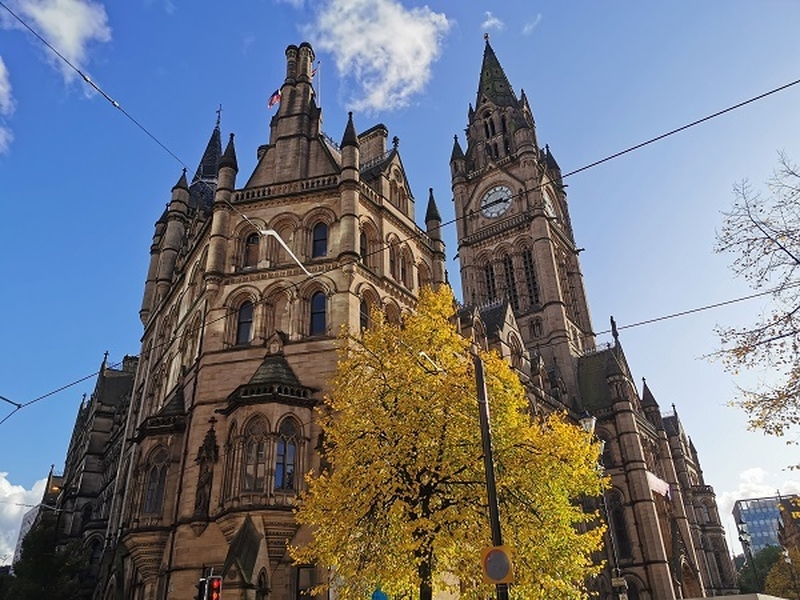
The origin of the name is disputed. John Henry Parker’s excellent 1846 book, The Concise Glossary of Architectural Terms states the word comes from the Latin oratoriolum, or little place for prayer. He writes: "In medieval houses, it was not an uncommon practice to arrange the domestic oratory so that the sacrarium was the whole height of the building, while there was an upper floor looking into it for the lord and his guests to attend to the service." This upper part more especially received the name Oriole. Meanwhile, for the Oxford English Dictionary, the term oriel is derived from Anglo-Norman oriell and Late Latin oriolum, both meaning gallery or porch, perhaps from Classical Latin aulaeum which means curtain.
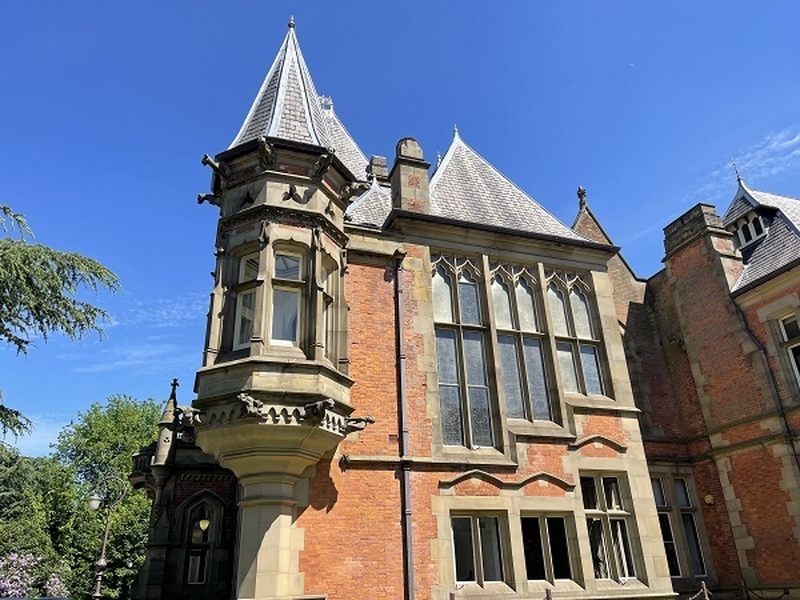
Manchester’s got some wonderful examples as the images here illustrate. I’ve been fairly loose with my interpretation of oriel but then I wanted to include some modern variants and the older magnificent turret oriels. I've also included a rubbish one as well.
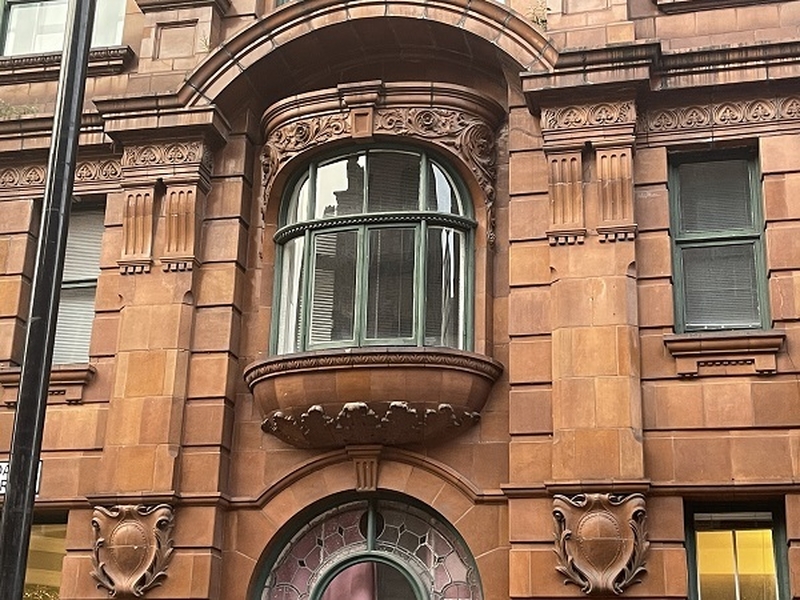
The great age of oriel windows in Manchester was during the late nineteenth century and then up to WW1. Architects used prior styles as their inspiration, often in commercial or civic buildings and the city was rich. Thus oriel windows are usually flamboyant, a bit show-off, a bit look-at-me. Perhaps the most showy here though is not commercial but domestic and the oriel turret (see what I mean about being loose with the definition) at The Towers, Didsbury, a house designed by Thomas Worthington in 1872. This was known locally as the Calendar House since it apparently had 12 towers, 52 rooms and 365 windows.
My personal favourite oriel is in the main picture here. It's the oriel window on the jewel-like Law Library designed by Thomas Hartas in 1884-5. The other windows are named in the captions.
